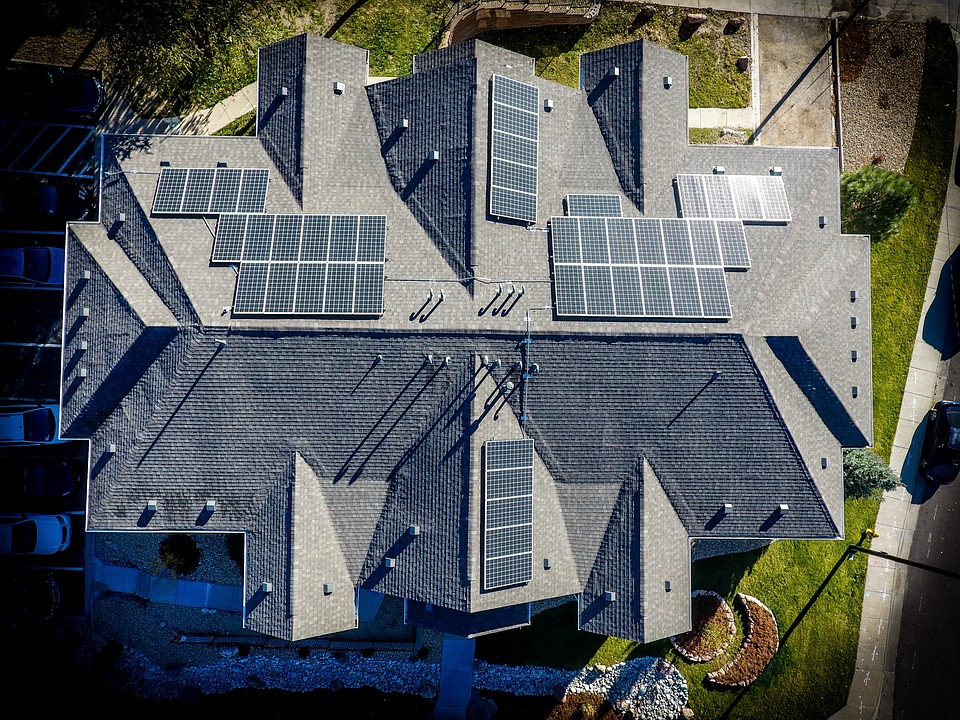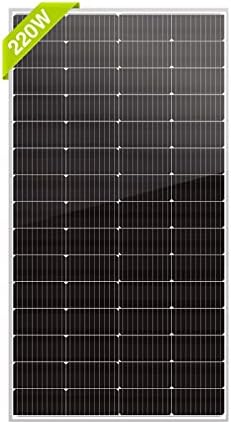I remember the moment I made the decision to switch to solar power. Living off the grid has been an adventure, and finding the right solar panels was a crucial step in my journey. There are so many options out there, but the decision often comes down to mono vs. polycrystalline solar panels. If you’re in the same boat, trying to decide which type of solar panels to invest in, I’m here to help you make an informed decision. In this article, we will compare mono vs. polycrystalline solar panels and discuss the pros and cons of each. By the end of this, you’ll have a better understanding of which type of solar panel is right for your off-grid lifestyle.
Mono vs. Polycrystalline Solar Panels: A Head-to-Head Comparison
When it comes to choosing the right solar panels for your off-grid lifestyle, it’s important to consider the differences between mono and polycrystalline solar panels. Both types have their own benefits and drawbacks, and understanding these differences will help you make the best decision for your specific needs.
Mono-crystalline solar panels are made from a single continuous crystal structure, resulting in a sleek, uniform appearance. This type of solar panel is known for its high efficiency and excellent performance in low-light conditions. On the other hand, polycrystalline solar panels are made from multiple silicon fragments melted together, giving them a speckled blue appearance. Polycrystalline panels are typically less expensive than mono panels, making them a popular choice for budget-conscious off-grid dwellers.
Efficiency
When it comes to efficiency, mono-crystalline solar panels are the clear winner. These panels are known for their high efficiency, meaning they can convert more sunlight into electricity compared to polycrystalline panels. The higher efficiency of mono panels means you can generate more power in a smaller amount of space, making them ideal for off-grid living where space is often limited.
Polycrystalline solar panels, while less efficient than mono panels, still offer respectable performance. They may not be as efficient, but they are a more affordable option, making them a practical choice for off-grid enthusiasts on a budget.
Durability
Durability is a crucial factor to consider when choosing solar panels for off-grid living. Both mono and polycrystalline solar panels are built to withstand the elements, but there are some differences in their durability.
Mono-crystalline solar panels are known for their longevity, with many manufacturers offering warranties of 25 years or more. These panels are also less susceptible to performance degradation over time, making them a reliable choice for off-grid living.
Polycrystalline solar panels are also durable, but they may not have the same longevity as mono panels. However, with proper care and maintenance, polycrystalline panels can still provide reliable performance for many years.
Cost
Cost is often a deciding factor when it comes to choosing the right solar panels for off-grid living. Mono-crystalline solar panels are typically more expensive than polycrystalline panels, due to their higher efficiency and premium materials. However, the higher upfront cost of mono panels may be offset by their long-term performance and durability.
Polycrystalline solar panels are a more budget-friendly option, making them a popular choice for off-grid enthusiasts looking to save on initial costs. While they may not be as efficient as mono panels, polycrystalline panels still offer reliable performance at a lower price point.
Pro Tips:
– Consider your energy needs: If you have limited space and need maximum power output, mono-crystalline panels may be the best choice. However, if you have a tight budget and need a cost-effective solution, polycrystalline panels may be the way to go.
– Research reputable manufacturers: When choosing solar panels, it’s important to research and compare different manufacturers to ensure you’re getting high-quality, reliable panels. Look for companies with a strong track record and positive customer reviews.
Conclusion
In the debate of mono vs. polycrystalline solar panels, there isn’t a one-size-fits-all answer. The right choice for you will depend on your specific energy needs, budget, and space limitations. Both types of solar panels have their own strengths and weaknesses, so it’s important to carefully consider these factors before making a decision.
As someone who has experienced the benefits firsthand, I can attest to the life-changing impact of switching to solar power. Whether you choose mono or polycrystalline solar panels, the decision to invest in clean, renewable energy is a step towards a more sustainable and self-sufficient off-grid lifestyle. So, weigh your options, consider your needs, and make the choice that aligns with your unique off-grid journey.



